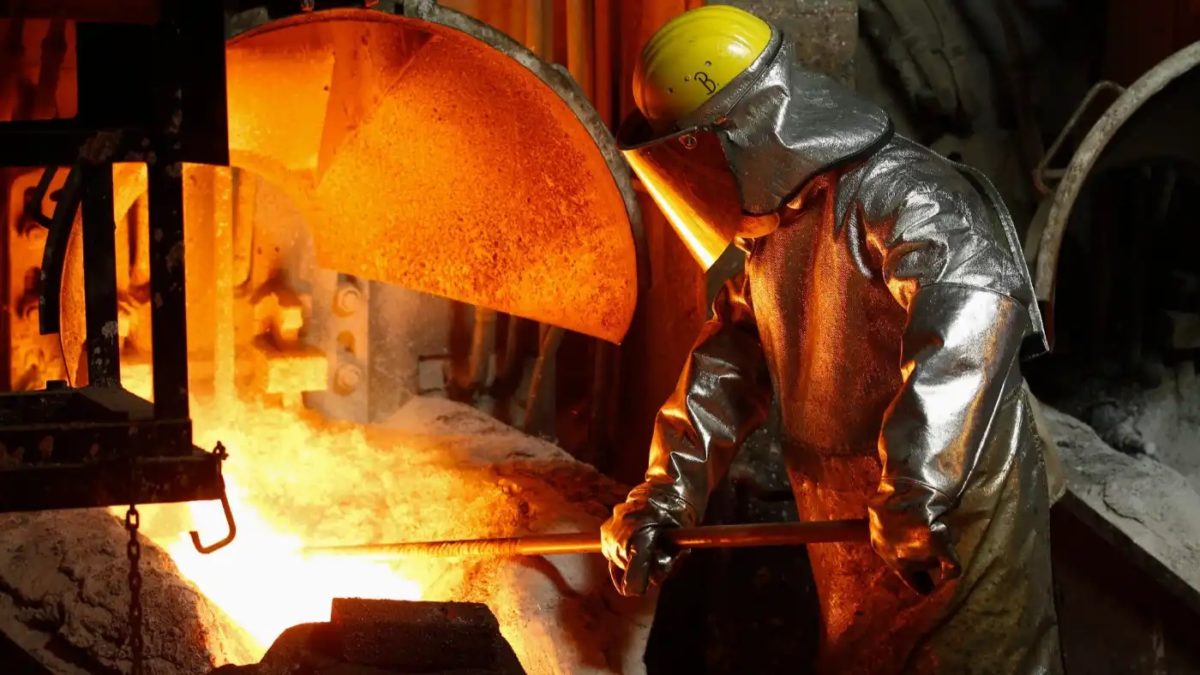Why we are copper bulls
The price of Copper, chemical symbol Cu, touched an all-time high in November 2021, reaching a tick over US$10,700 a tonne, and copper is still holding above US$10,000 a tonne. We believe that the long-term pathway for growth in copper will likely see price continue to trend upwards over the next decade.

The conviction behind this case is simple: supply of copper is slowing, while demand is increasing; and in fact, demand will continue to drastically increase over the coming decade.
The key drivers for this increase in demand relate to a range of factors, including:
- Copper production from projects globally is declining
- New potential projects are being discovered in difficult to reach locations à straining the feasibility of new projects
- Decarbonisation and electrification of new renewable energy sources require 6 times more copper than traditional energy sources
- A shift in urbanisation into new developing nations such as Africa, requiring extensive copper usage
The critical component of these drivers relates to the relationship between global renewable energy electrification and urbanisation versus the likelihood of copper projects being able to deliver the required quantity to suffice demand. The shift of the urbanisation “story” from Asia to continents such as Africa will require transportation, infrastructure, and communication technologies improvements, while the developed world begins the transition into renewables. Both are heavily relying on the red metal at the core of their roll-out.
Electrical power grids in developing nations are notorious for unreliable grid systems, and the next wave of urbanisation to sweep through will focus on achieving a consistent and reliable energy source in these jurisdictions. This will largely depend on the availability and use of copper, which, due to its low electrical resistance, is the most sought-after conductor in the market today.
EV Fast-charging points require up to 10x the copper per charger
Furthermore, the rise of electric vehicles (EVs) and the impending strain of rolling-out additional charging stations globally will place legitimate strain on the power grid’s ability to deliver on reliable charging. It has been estimated that by 2030, over 250 million charging points will be made available globally, consuming more than 250% more copper than from 2019. To put that into perspective, fast-charging points require up to 10 times the copper per charger as opposed to home chargers, equating to 25kg of copper per fast charger. In the EVs themselves, copper equates to an average of 83kg/EV, approximately 3 times the quantity than traditional internal combustion engine vehicles (ICE), which use just 23kg of copper/ICE.
Ignoring the short-term squeeze as a result of China’s power shortages, as well as analyst outlooks on the copper price in the short term, this highly versatile metal will undoubtedly play a pivotal role in electrifying the globe over the coming decade and will continue to contribute to the growing trend of ‘greenflation’ (rising commodity prices of green metals).
The evidence to suggest that demand for copper will likely rise is simply overwhelming.
We at Datt Capital are acting accordingly.








